RFID-Technologie
RFID: Contactless Identification and Communication

RFID stands for Radio Frequency Identification. An RFID system consists of an RFID transponder and an RFID reader. Communication takes place without line of sight, in a wireless and contactless process via radio transmission.
NFC, HF and UHF
The term RFID covers various frequency ranges and technologies differing from each other in terms of their characteristics and ranges of application.
Both HF tags and UHF tags can be identified, read, and written to with handheld readers or permanently installed system/hardware solutions.
NFC (Near Field Communication) enables data exchange between an NFC tag and a smartphone. Supported by both iOS and Android, NFC can be used to open apps or mobile websites and to transmit additional data.
Bulk Data Acquisition and Unit-Level Reading
With UHF RFID, the data from a large number of transponders—such as products in a box or on a tray—can be acquired simultaneously in a bulk reading process.
RFID/NFC Labels
RFID/NFC inlays are very thin and flexible. They can be easily integrated into labels for medicine containers or medical devices and inconspicuously blend with existing designs.

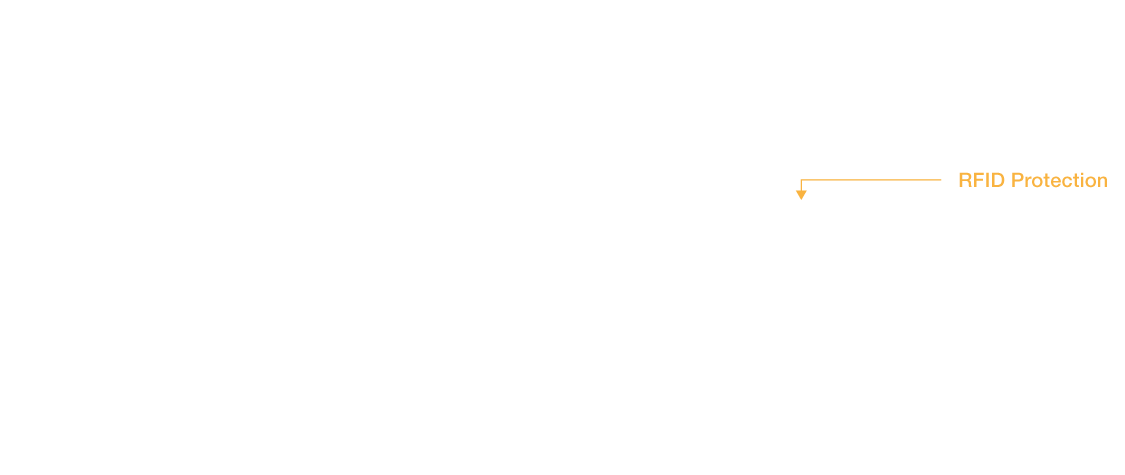





Are RFID-Labels Suitable for all Uses without any Problems?
Nearly any label can be equipped with an RFID chip or the chip can be integrated into an existing label design. Whether or not the smart label can be used on the relevant primary container and for the desired purpose depends on the surface, container content, and inlay size. Many of these influencing factors can be overcome with specialty label and inlay designs.